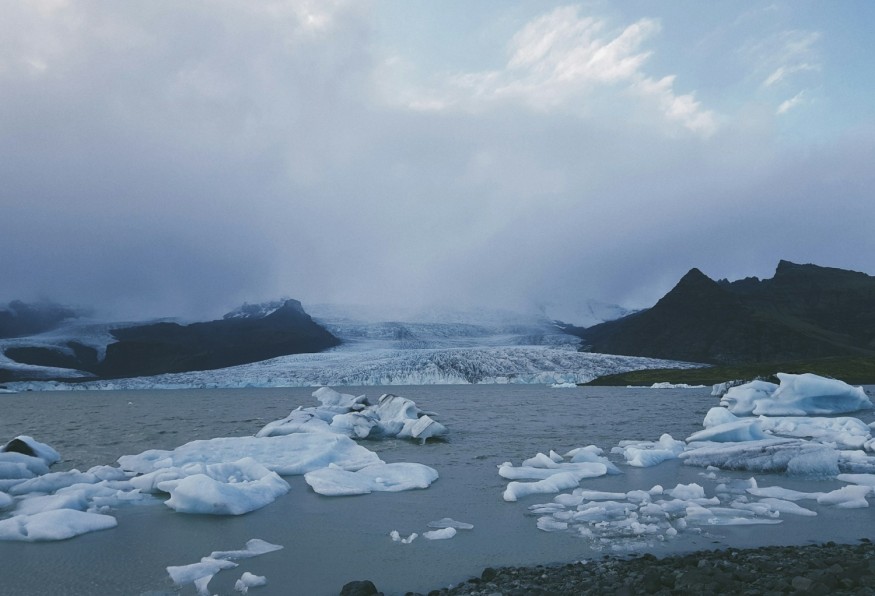Melting glaciers have just unearthed rare artifacts locked from ancient ice for thousands of years amid global warming. This is according a report by the Alaska-based, non-profit organization Tanana Chiefs Conference (TCC), which shows that archaeological remains have been found in glaciers and ice patches in Mongolia, Europe, and South America. In North America, similar discoveries were made in the Canadian Yukon, Rocky Mountains, and Alaska.
Global warming pertains to the gradual increase of temperature across Earth. It is caused by natural or anthropogenic greenhouse gases such as carbon dioxide and other pollutants trapped in the atmosphere. These confined gases or particles absorb solar heat and radiation from the Sun, resulting in the acceleration of the greenhouse effect. For years, the phenomenon has contributed to the melting of ice and glaciers worldwide.
For over a century, the impact of human activities such as fossil fuel burning and greenhouse gas emissions have contributed to global warming. Aside from glacier melt, the climatic phenomenon is also responsible for global sea level rise, threatening coastal communities and low-lying regions. Over the past decade, the United Nations (UN) spearheaded the 2015 Paris Agreement to address the environmental issue.
Melting Glaciers and Rare Artifacts

Melting glaciers unravel rare artifacts from humanity's ancient past as the planet continues to warm, according to the TCC. The organization's Dr. E. James Dixon stated on their report on February 14 that the majority of these artifacts are made of perishable materials like bark, leather, and wood. These objects decompose quickly when exposed to air. The re-emergence of these relics also tells us about ancient humans who lived in glacial environments.
In November 2023, it was reported that archaeologists uncovered ancient artifacts dating back to more than 7,000 years ago. The objects were found in melting patches of ice in Canada's British Columbia province, particularly in Mount Edziza Provincial Park. In Norway, melting glaciers also unravel over 2,000 artifacts spanning 6,000 years, revealing the historic life of ancient mountain dwellers.
Also Read: 'Warmest January on Record' Detected This 2024, The Highest Since 1800s: Climate Scientists Warn
What is Causing Global Warming?
Climate scientists that the heat-trapping gases (mentioned earlier) are the main driver for the global average temperature rise of 1 degree Celsius since the late 19th century. Aside from carbon dioxide, greenhouse gases like methane, ozone, nitrous oxide, and other climate-damaging particles all contribute to global warming, according to the National Oceanic and Atmospheric Administration (NOAA).
For decades, multiple studies have correlated "global warming" with climate change, which pertains to climate shifts or changes in average weather conditions. In general, these weather and climatic phenomena increase the frequency and intensity of natural disasters, including storms, heat waves, and droughts. Furthermore, these events also alter environments and ecosystems, affecting both terrestrial and aquatic life.
In recent years, related studies have pointed out that melting glaciers, rising sea levels and ocean acidification are some of the myriads of environmental repercussions of global warming.
© 2025 NatureWorldNews.com All rights reserved. Do not reproduce without permission.





